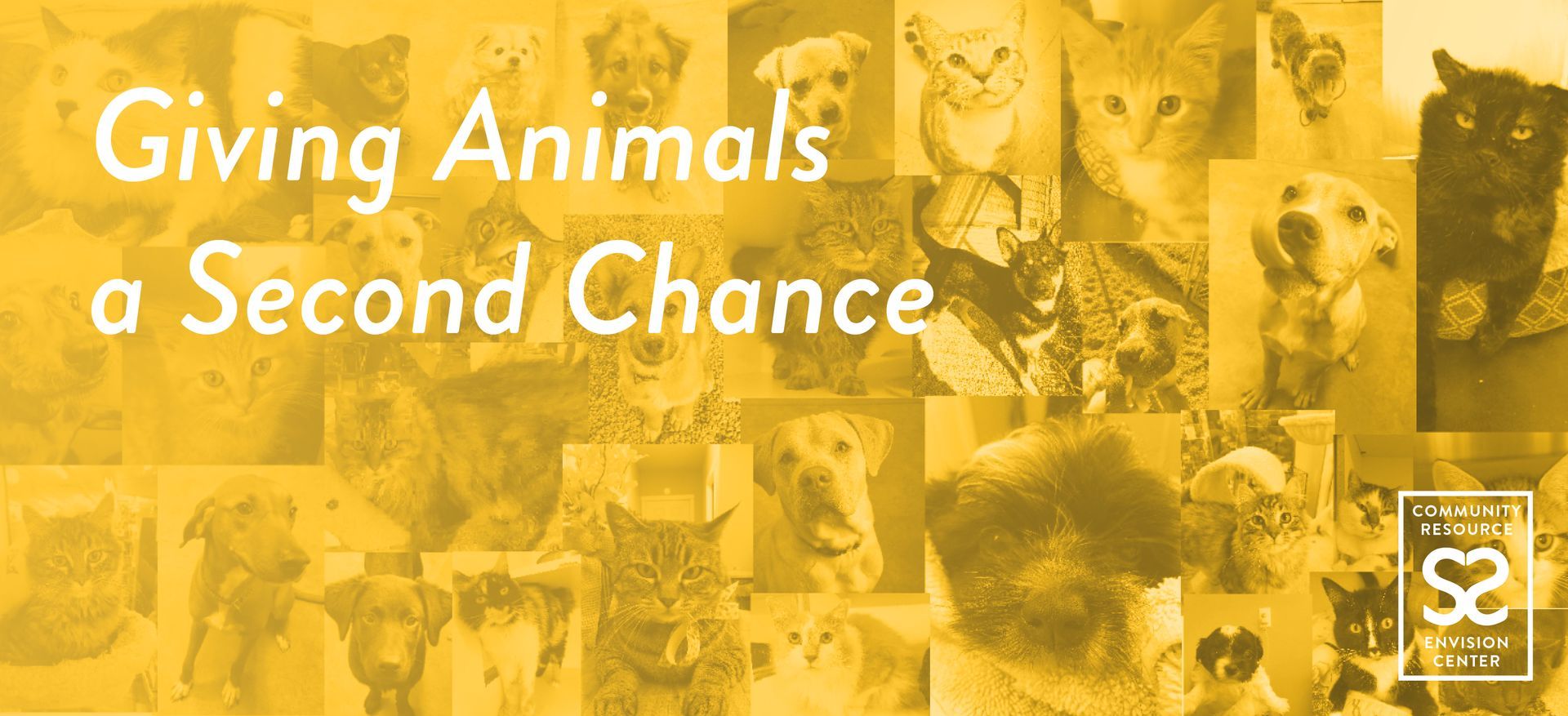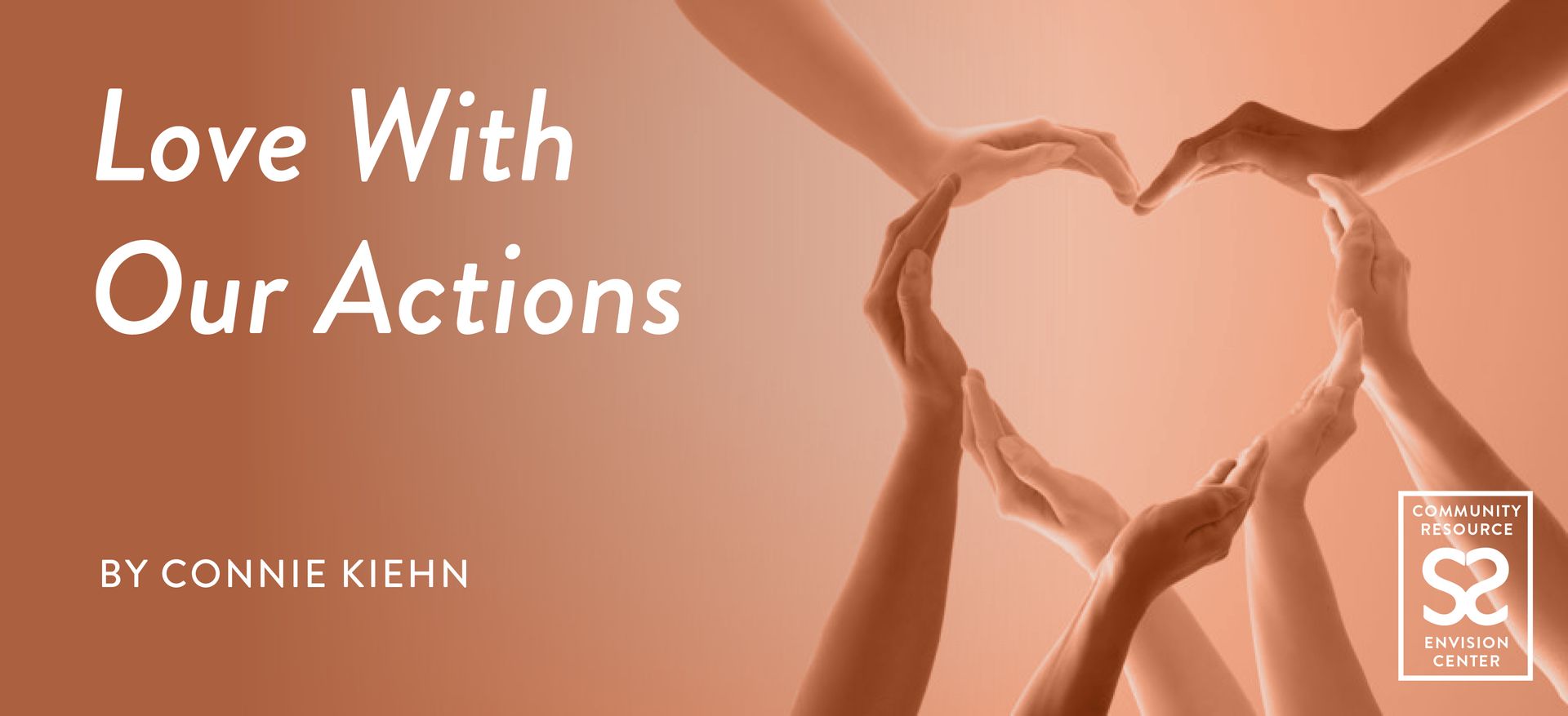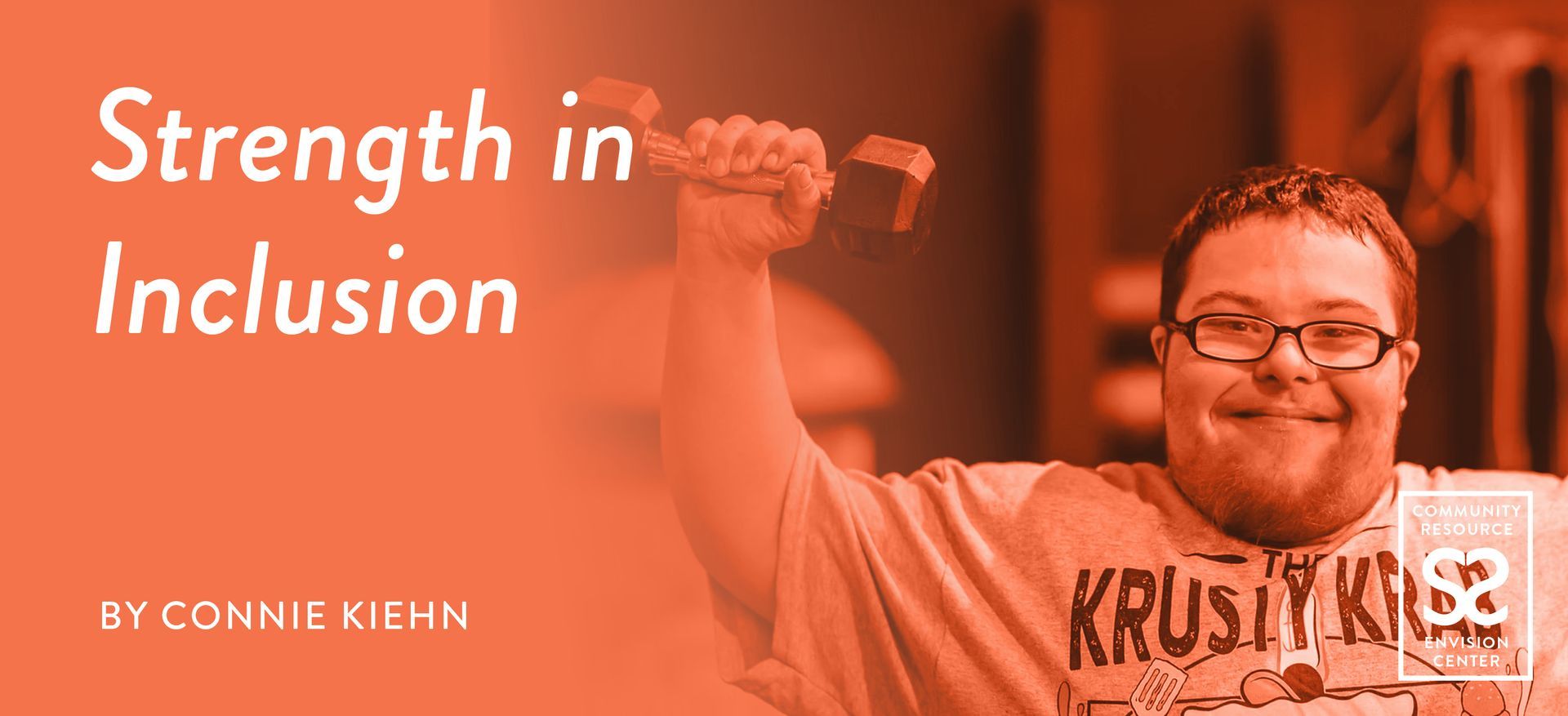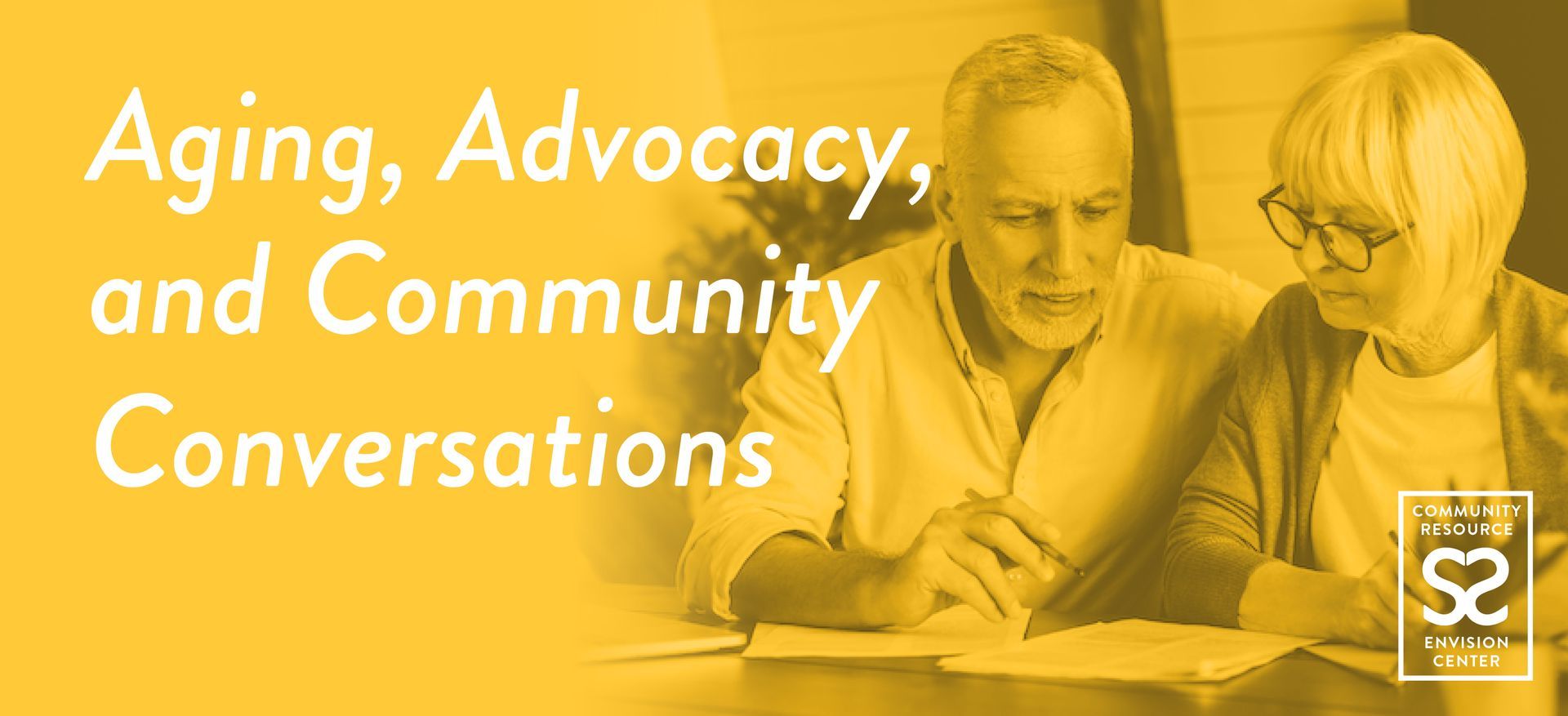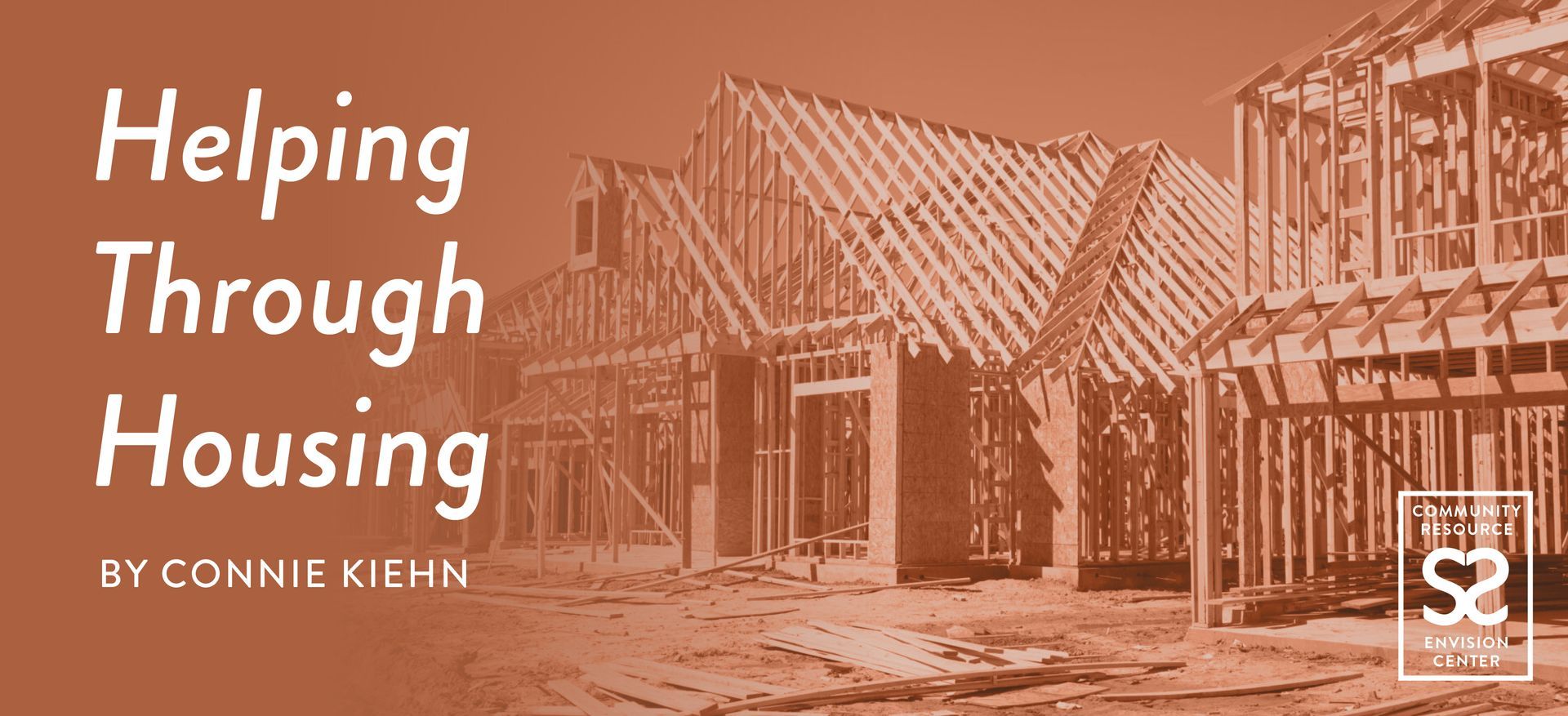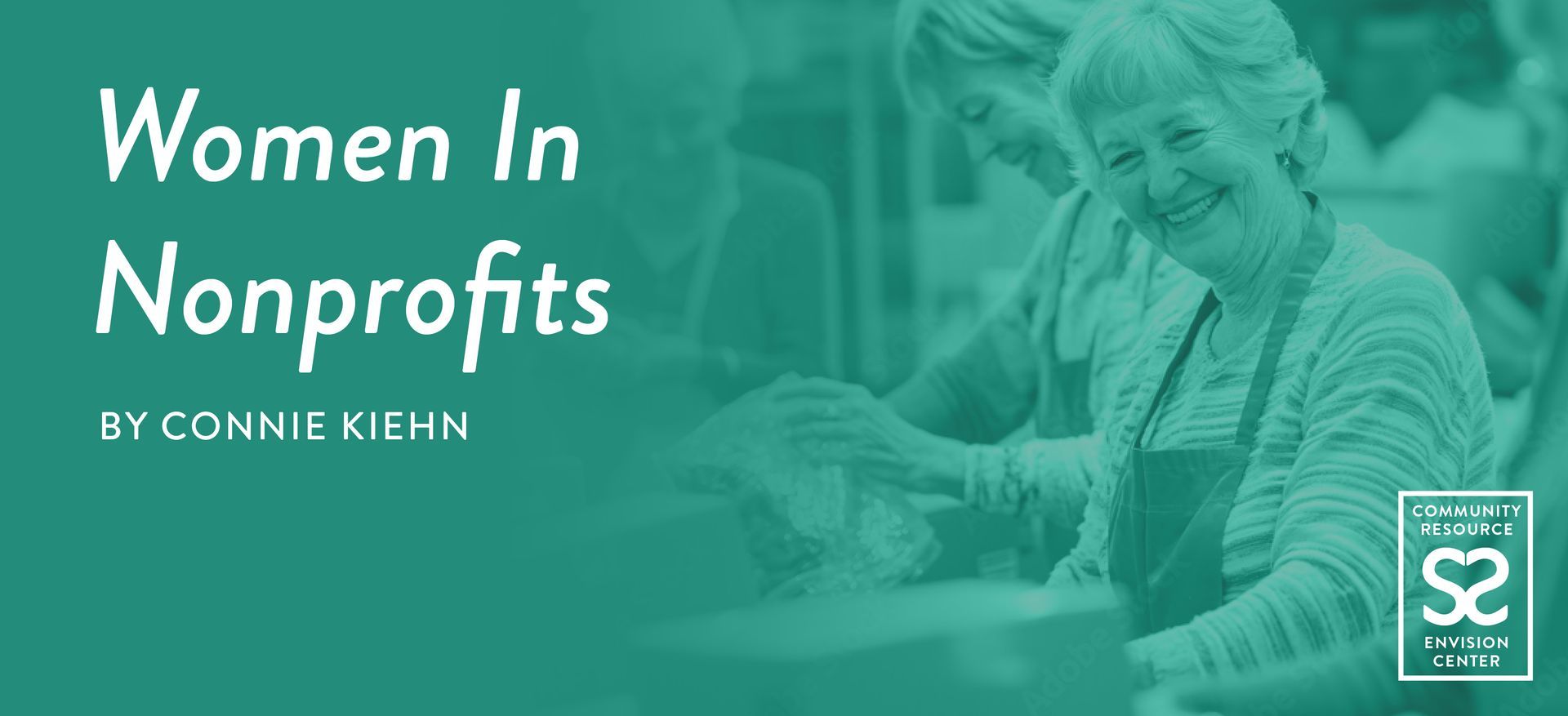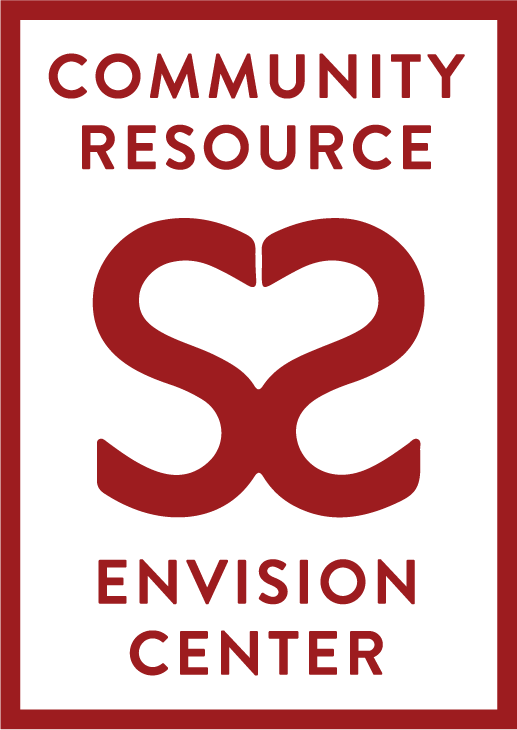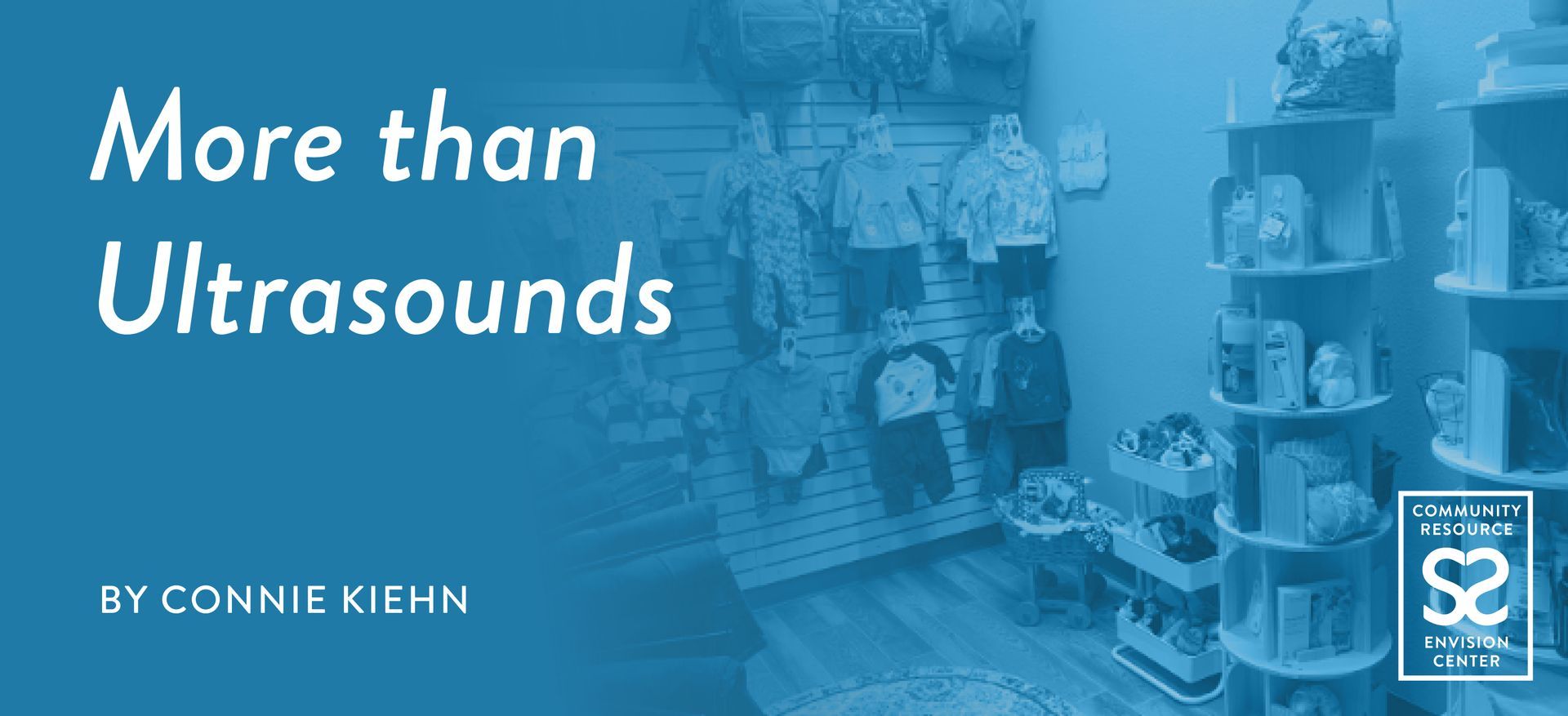Did you know there are 300 nonprofits in Sandpoint alone, and Bonner County boasts over 500?! That's one nonprofit for every 50 people here, compared to the national average of one for every 170!
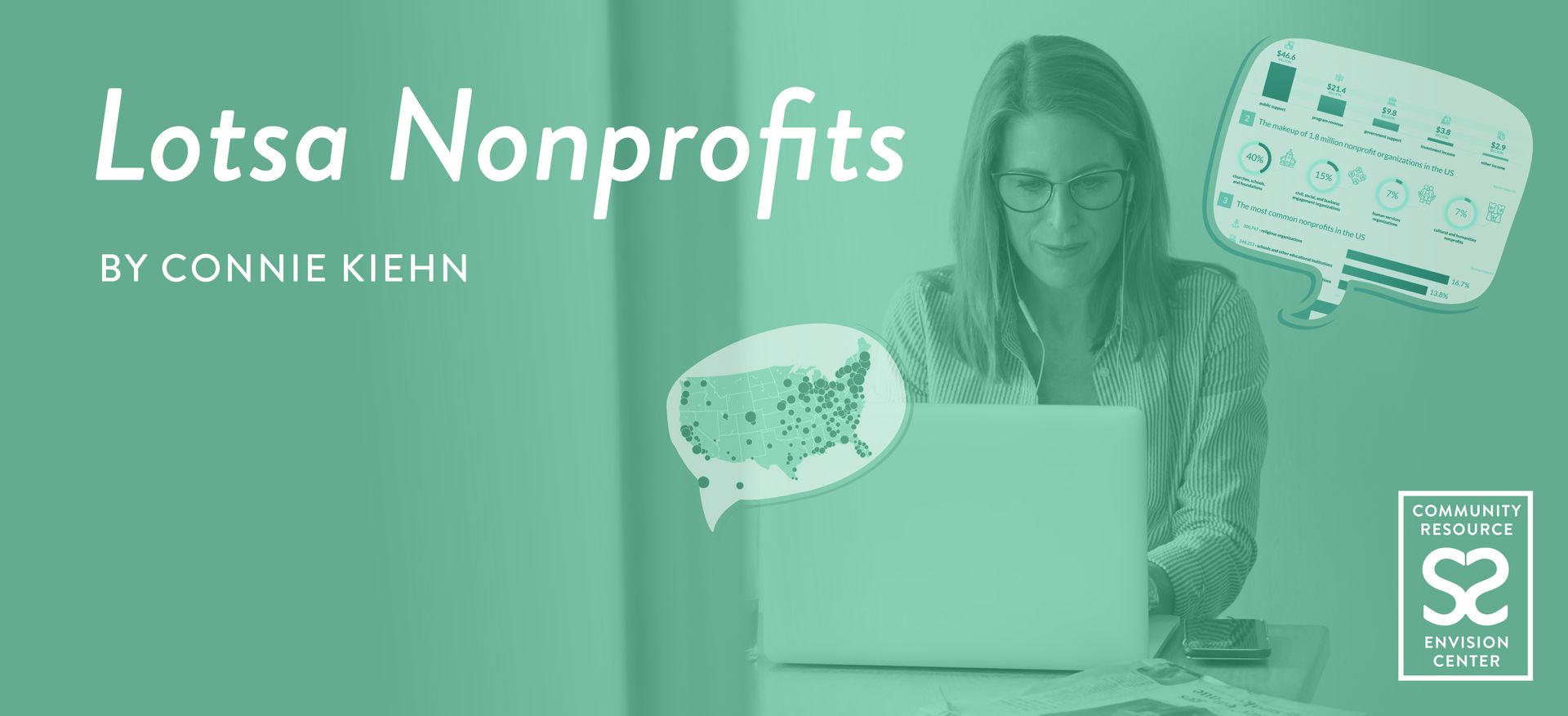
Someone recently came into the Community Resource EnVision Center and told us it was “common knowledge that Sandpoint has 140 nonprofits.” While the sentiment was right, they were off by an order of magnitude. We actually have nearly 300 nonprofits in Sandpoint alone, and Bonner County boasts over 500. That's one nonprofit for every 50 people here, which is pretty wild compared to the national average of one for every 170. We know this because we took the time to compile a comprehensive list of all nonprofits operating in the greater Bonner County area. What we found is, we definitely have a diverse array of nonprofit organizations within our community, ranging from those addressing fundamental human needs to those dedicated to environmental and civic endeavors. Predominantly, organizations centered on education, health, and human services occupy the forefront. Interestingly, while animal welfare nonprofits are comparatively scarce in our locality, Sandpoint boasts a total of nine such entities. This prompts the question: what factors contribute to the pronounced prevalence of nonprofit initiatives within our region?
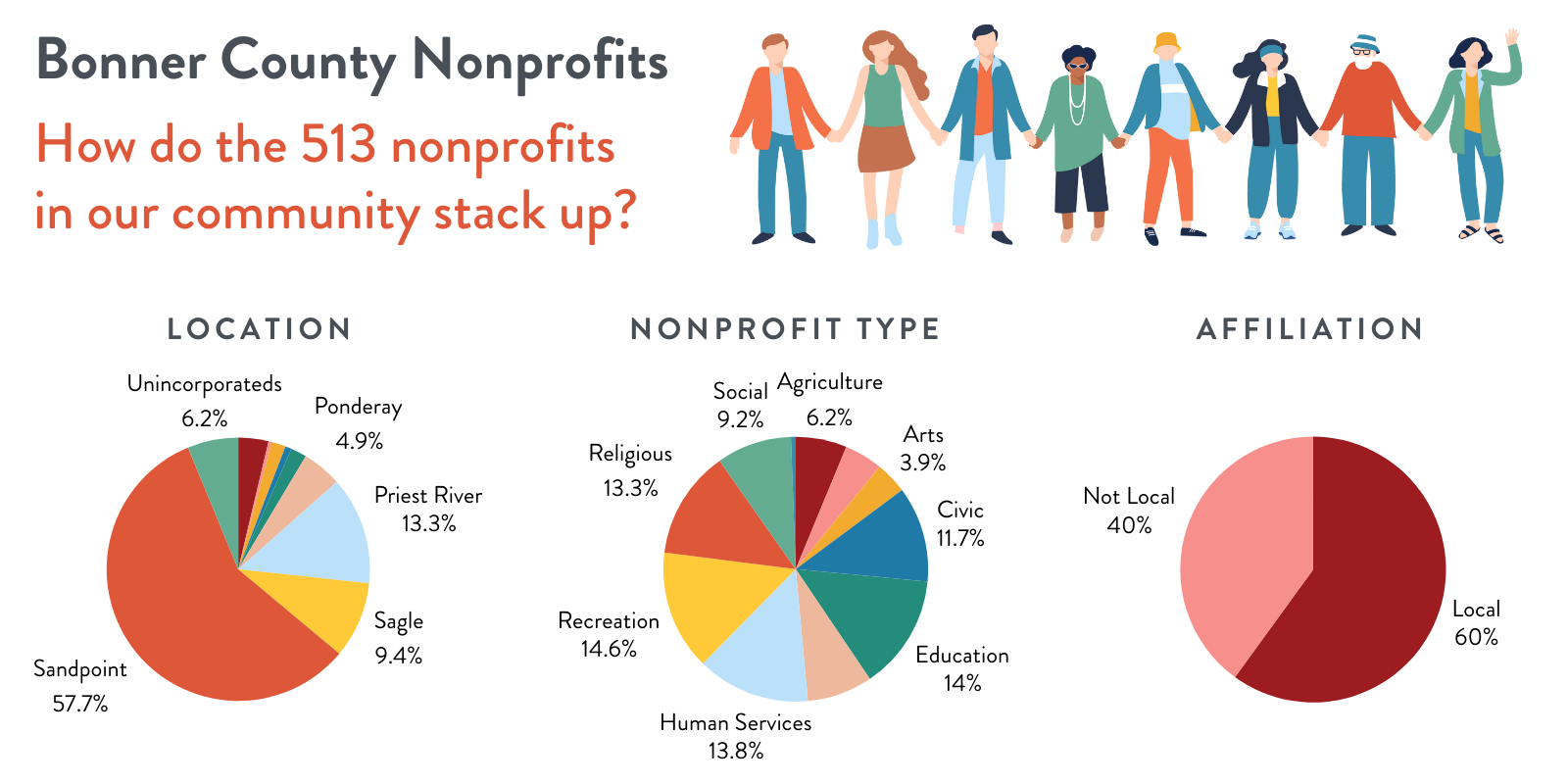
Political Giving: More Than Red vs. Blue
Those who know a little bit about giving trends might point to the general political leanings of this area as reason for the charitable culture. Northern Idaho leans pretty conservative and there is an urban legend in certain circles that, "Conservatives give more per capita." A lot of social science seems to suggest that conservatives do give more per capita than liberals. But here's the twist: having tons of nonprofits doesn't necessarily mean loads of charity cash. Northern Idaho ranks among the top areas for nonprofits relative to population, but the northeast surpasses it in nonprofits per capita by a considerable margin; it's not particularly close. Even though the Northeast has the most nonprofits per capita the Bible belt leads in financial giving. There aren’t as many nonprofits in the Bible belt but financial giving as a percentage of income is higher there than it is in the Northeast. Meanwhile, the West Coast? Those historically progressive areas tend to lead in overall dollars donated to charity. Long story short, the data on giving is way more complicated than just who's red or blue.
The disparity isn't about conservatives being more generous than liberals or vice versa. It's more about how
each group approaches giving. Conservatives tend to lean towards supporting churches and religious groups, which is pretty predictable. On the flip side, liberals tend to throw their weight behind secular nonprofits. Overall, when it comes to location, conservatives
keep it local, while liberals spread the love on a national scale. Different strokes for different folks.
Four of the top ten most generous counties in terms of per capita, including the number one slot in America, supported Biden. On a per capita basis the most generous county in the country is
Teton County, Wyoming. a seriously blue dot in a sea of red. Provo-Orem, Utah, emerges as the top area when considering the percentage of giving relative to income. Again, another blue area in a mostly red state. Both Teton and Provo-Orem have large Mormon populations (as does Idaho) faiths that have cultivated a culture of financial success combined with generosity. But religion isn’t always the driver; Santa Clara County, California, tops the charts for per capita giving, and it's Biden territory too. However, it is geographically split in half between conservative and liberal leaning regions. Rome, Georgia stands out as a national leader in the percentage of income dedicated to giving. A town where Trump won a solid victory (by almost eight points) but is bluer than just about anywhere in Georgia outside of Atlanta.
Unity in Diversity: How Different Views Build a Stronger Community
Here's the scoop: when you mix up folks from both liberal and conservative backgrounds, you tend to get a generosity cocktail. Chances are, in places where people are super generous individually, you'll find a whole mix of political beliefs. Think areas packed with "blue dog Democrats," "Classical Liberals," or even some "squishy Republicans" – and hey, having a few Mormons around doesn't hurt either when it comes to spreading the giving spirit.
This mix of liberal and conservative is probably at least loosely connected to the high number of nonprofits in Sandpoint and the surrounding area. Sandpoint is the only blue dot on the map north of Coeur D'alene. When you mix bleeding heart liberals with faith-based do-gooders, it's a recipe for nonprofits popping up everywhere – we're talking one for every 50 folks.
A culture of giving wears off on everyone no matter what the originator’s motive is.
Next time you’re grumbling about the political sign in your neighbor’s yard or fretting over the surge in imports just remember diversity, that is
diversity of thought does appear to be a strength. It may be that conservatives are more inclined to clothe the homeless while liberals keep the
local art scene going. It may be that liberals make sure our local forests stay protected and conservatives run the
blood drives. Either way, our community's got all its bases covered, and that's what counts. Over 500 bases are covered to be exact.
The EnVision Center plays a vital role in our community by serving as a bridge between individuals in crisis and the extensive network of nonprofits available to assist them. In times of need, navigating the myriad of available resources can be overwhelming and daunting. That's where we step in. Our team is dedicated to understanding the unique challenges individuals face and connecting them with the nonprofit(s) best equipped to provide the support they need. Whether it's access to food assistance, shelter, mental health services, or any other essential support, our nonprofit acts as a guiding hand, ensuring that no one falls through the cracks. By streamlining the process and offering personalized assistance, we empower individuals to navigate their challenges with confidence and resilience. In doing so, we not only provide immediate relief but also foster long-term stability and well-being within our community.
Together and across all spectrums, we are not just connecting individuals to nonprofits; we are weaving a safety net of compassion, support, and hope, strengthening the fabric of our community one connection at a time.
Sources:
- EnVision Center
- Nonprofit Directory
- USA Facts: How many nonprofits are there in the US?
- Harvard Business School: Who Really Cares: The Surprising Truth About Compassionate Conservatism
- Nonprofit Quarterly: Which Cities Have the Most Nonprofits, and Why?
- Philanthropy Roundtable: Who Gives Most to Charity?
- The Chronicle of Philanthropy: Conservatives and Liberals Are Equally Generous, Study Finds
- University of South Carolina: Conservatives and liberals are equally likely to fund local causes, but liberals are more apt to also donate to national and global groups
- Business Insider: The 25 most charitable counties in the US
- PBS: POll shows liberals, conservatives worlds apart not just on politics
- Philanthropy Roundtable: Statistics on U.S. Generosity
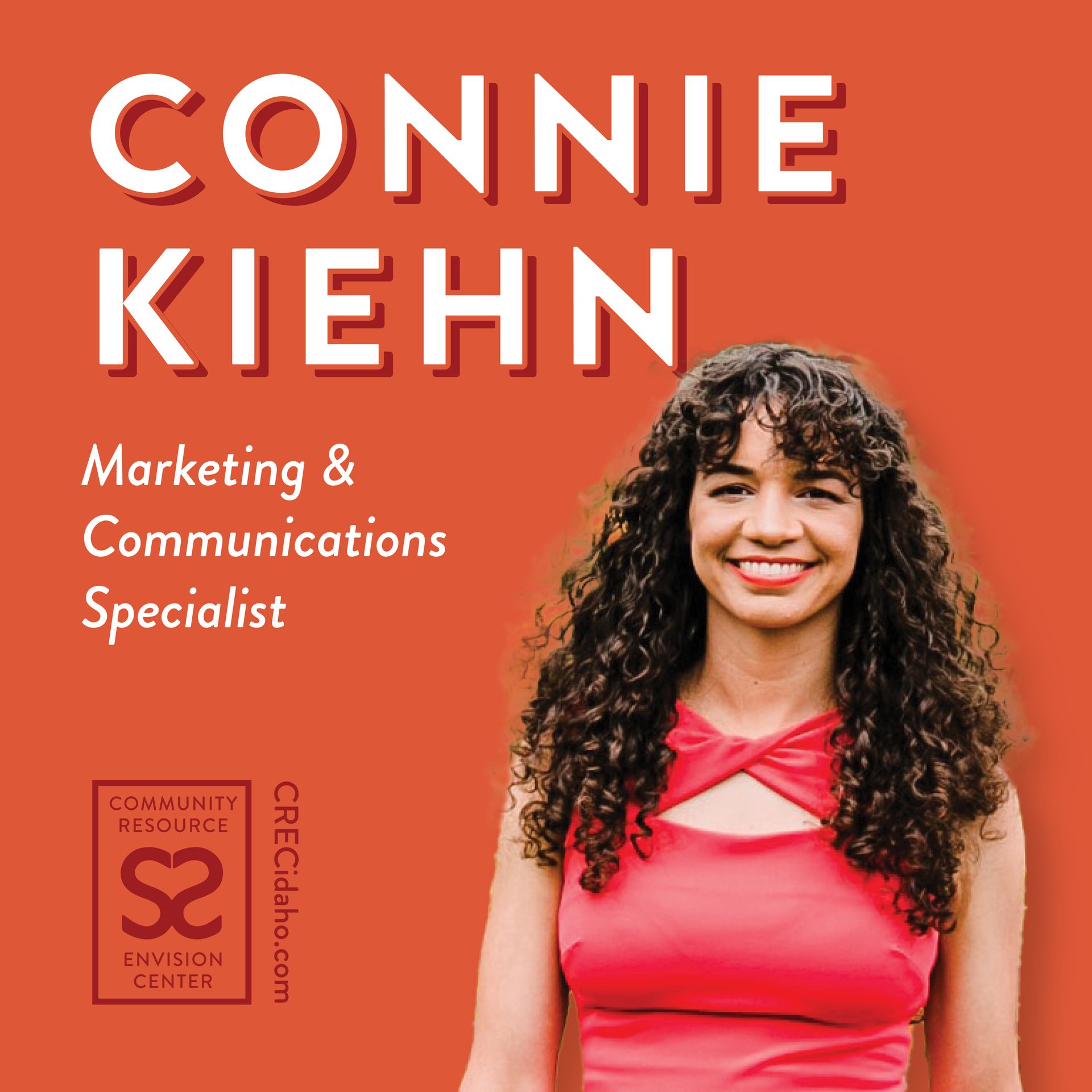


Together and across all spectrums, we are not just connecting individuals to nonprofits; we are weaving a safety net of compassion, support, and hope, strengthening the fabric of our community one connection at a time.
